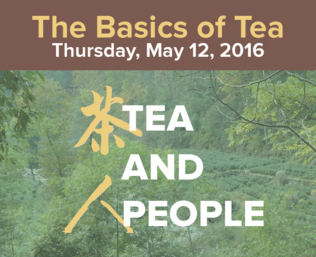- Genetic Diversity of Cultivated Lentil (Lens culinaris Medik.) and Its Relation to the World’s Agro-ecological Zones. 352 accessions, 54 countries, 3 agro-ecological groups (South Asia, Mediterranean, N temperate) in USDA collection.
- Association mapping of seed and disease resistance traits in Theobroma cacao L. 6 and 1 markers, respectively, based on 483 unique trees in the International Cocoa Genebank, Trinidad (ICGT).
- Historic translocations of European larch (Larix decidua Mill.) genetic resources across Europe – A review from the 17th until the mid-20th century. Humans have moved material to areas outside its native distribution, and have mixed up genetically distinct populations in some places.
- Insights into the Genetic Relationships and Breeding Patterns of the African Tea Germplasm (Camellia sinensis (L.) O. Kuntze) Based on nSSR Markers and cpDNA Sequences. African material groups according to where it was bred.
- First the seed, next the smolt? Will salmon farmers learn the right lessons from plant biotechnology? I bet not.
- Geographic patterns of phenotypic diversity in sorghum (Sorghum bicolor (L.) Moench) landraces from North Eastern Ethiopia. There aren’t any. Patterns, that is.
- Subgenome parallel selection is associated with morphotype diversification and convergent crop domestication in Brassica rapa and Brassica oleracea. Similar heading and tuberous morphotypes in the two species are due to parallel selection on genes that diverged after duplication event.
- Assessing the Cost of Global Biodiversity and Conservation Knowledge. Golly, it’s expensive!
- Sixteen years of change in the global terrestrial human footprint and implications for biodiversity conservation. Human footprint hasn’t increased by as much as might be feared, but still extends over 75% of world’s land surface. Let the mashing up with crop wild relatives hotspots begin!
The man who changed coffee
We talked about the legendary Ethiopian coffee landrace called Geisha a couple of times on the blog, but I don’t think we ever mentioned by name the guy who actually first took it from CATIE’s genebank in Turrialba, Costa Rica to Panama, and thence the world. Well, his name was Pachi Sarracín, and he unfortunately just passed away.
He was responsible for the arrival of the Geisha variety in Panama, in the late seventies, and years later the consecration of Panamanian Geisha as the undisputed star of Latin American coffee plantations.
In his hands, and those of a small group of pioneers, Geisha went from a half-forgotten variety in a research center in Turrialba, Costa Rica, to become the most valued on the market. I’ve never tasted anything more subtle, elegant, delicate and stimulating. It took only two sips of his Don Pachi Estate to captivate me and get me hooked.
Quite a legacy.
Nibbles: GRIN-Global, Old gardens, Grain buildings, Roman eating, Armenian wine, Coffee GI, PAPGREN, Tamar Haspel double
- How to look for stuff in Chile’s genebank.
- How colonial Americans gardened. And later built stuff out of produce.
- How Romans ate.
- How Armenians are (still) making wine.
- How to figure out where your coffee comes from.
- How the Pacific is saving its crop diversity.
- How organic agriculture delivers benefits, and how it does not.
- How GMOs deliver benefits, and how they do not. By the same person as the above.
Nibbles: Invader soup, Quinoa in the US, Petunia lawsuit, NUS for fishmeal, Craft brewing
Will international tea party include genebanks?
Announcements such as this from UC Davis, of the launch of the Global Tea Initiative, make me wish there was a market for roving agrobiodiversity bloggers and tweeters. Alas, I’m reduced to the usual ploy of asking participants if they’d like to blog the thing for us.

Will genebanks be discussed? There aren’t that many collections around the world, and one of them, in Japan, accounts for 7,500 of the 11,700 accessions WIEWS knows about. And where’s China? Can’t help thinking that’s not altogether healthy. Lots to talk about…